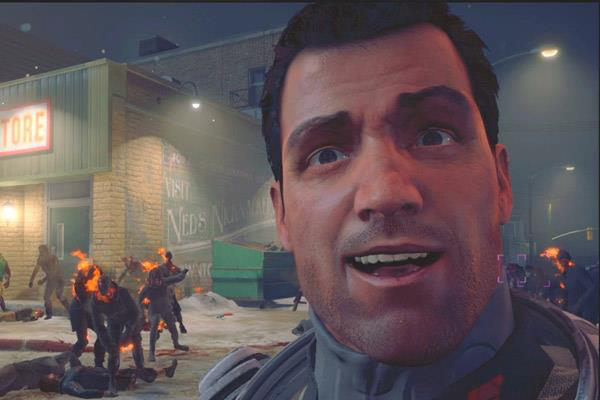Guess the Game Name
Brain Teasers
[5248] Guess the Game Name - Look carefully the picture and guess the game name. - #brainteasers #games - Correct Answers: 21 - The first user who solved this task is Alfa Omega

2018-05-30
St. George Jackson MivartBorn 30 Nov 1827; died 1 Apr 1900 at age 72.English biologist who was a leading critic of Charles Darwin's theory of natural selection. Although called to the Bar in 1851, he instead pursued his interests in natural history and comparative anatomy, studying the insectivores and carnivores. He held that variation was predetermined by a higher intelligence, and that evolution proceeded in a step-wise fashion, and not an accumulation of small variations. In Jan 1871 he published Genesis of Species, opposing Darwin's interpretation of evolution. Mivart's liberal position even seemed to conflict with his Roman Catholic religion, for which he was excommunicated by Cardinal Vaughan in Jan 1900, a few months before he died.« |